This article was co-authored by Laura Marusinec, MD. Dr. Marusinec is a board certified Pediatrician at the Children's Hospital of Wisconsin, where she is on the Clinical Practice Council. She received her M.D. from the Medical College of Wisconsin School of Medicine in 1995 and completed her residency at the Medical College of Wisconsin in Pediatrics in 1998. She is a member of the American Medical Writers Association and the Society for Pediatric Urgent Care.
There are 11 references cited in this article, which can be found at the bottom of the page.
wikiHow marks an article as reader-approved once it receives enough positive feedback. In this case, 100% of readers who voted found the article helpful, earning it our reader-approved status.
This article has been viewed 223,452 times.
Jaundice is a condition in which the bilirubin circulating in your blood is increased, often causing your skin and the whites of your eyes to appear yellow. Bilirubin is a normally occurring, yellowish pigment created when the hemoglobin in old blood cells is used up (hemoglobin carries oxygen through your blood stream). Your liver helps your body get rid of the bilirubin through your stool and urine. Infants may develop jaundice two to four days after birth as the liver begins to work and premature babies may develop jaundice weeks later. Adults and pets may develop jaundice due to liver dysfunction or an increase in the breakdown of blood cells. Knowing how to assess for jaundice will speed you along the road to recovery.
Steps
Assessing the Skin for Signs of Jaundice
-
1Look for yellow skin and eyes. If you have jaundice, you may notice yellow discoloration of the white part of your eyes and throughout your skin. The yellowness may begin on your face, then gradually move to the other parts of the body.[1]
- Bring your mirror into a well-lit room with plenty of natural light. Always use natural lighting when possible, as light bulbs and shades may tint the lighting.
- Gently apply pressure to your forehead or nose. Notice the color of your skin while releasing the pressure. If there is a tinge of yellowness to your skin as the pressure is released, you may have jaundice.
- To test your baby’s skin for jaundice, press gently on baby’s forehead or nose for a second, then release. Healthy skin will momentarily look lighter before returning to normal, whereas jaundiced skin will appear slightly yellowed.[2]
- You can also look inside your baby’s mouth at his gums, on the soles of his feet, and on the palms of his hands to check for jaundice.[3]
- A baby’s jaundice progresses down the body from head to toe.[4]
- If you have darker skin or if you are uncertain if you are seeing a yellowish tinge, look at the whites of your eyes. If they have a yellowish tint, you may have jaundice.
-
2Be aware of increased itchiness. Jaundice may cause your skin to become very itchy because of the increased level of toxins accumulating in your blood vessels during the break down of bile, to which bilirubin binds in the liver.[5]
- Itchiness may be related to underlying bile duct obstruction or cirrhosis of the liver.[6] The bile ducts carry bile away from the liver to the gallbladder and may get blocked by gallstones.[7] Cirrhosis of the liver is a condition in which the liver is damaged to the point that normal healthy liver tissue is replaced with non-functioning scar tissue and is caused by hepatitis, alcoholism, and other liver disorders.[8]
Advertisement -
3Look for spider-like blood vessels visible under the skin. Called spider angiomas, your skin may develop these small markings because the underlying process causing the jaundice is likely also causing increased blood flowing through your blood vessels. This makes the blood vessels very noticeable under your skin.[9]
- Spider angiomas are not a direct result of the jaundice itself but often occur simultaneously.
- These spider vessels blanch when you press on them and most frequently occur on the upper body including the trunk, arms, hands, neck, and face.[10]
-
4Check for bleeding under the skin. Small, reddish and purple spots may appear on your skin, indicating that you might be bleeding under the skin. This occurs because because of liver damage causing problems with blood clotting, as your liver normally makes substances that helps your blood clot. There is also increased efficiency in the breakdown of red blood cells and blood formation in the body that can cause you to bleed more easily.[11]
-
5Watch out for increased bleeding and bruising. If you have jaundice, you may notice that you have a tendency to bruise more easily than normal. You may also find that if you get a cut, the blood takes a longer time to clot.[12]
- This symptom is also related to a damaged liver not being able to make the substances that help with blood clotting.
Looking for Other Signs of Jaundice
-
1Keep track of the color of your stool. Your stool may change color and become very pale if you have jaundice. This change occurs because when you have jaundice, there may be a duct blockage causing reduced bilirubin in your stool, leaving most of it to be excreted in your urine.[13]
- Most bilirubin is normally excreted in your stool.
- Your stool may even be grey if you have severe obstruction.[14]
- your stool may have blood in it or be black if you are having bleeding complications from liver disease.
-
2Watch the frequency and color of your urine. Bilirubin is also normally excreted in your urine, though less than is normally in your stool. When you have jaundice, however, your urine becomes darker because of the higher levels of bilirubin being excreted by this means.[15]
- You may also notice that you end up peeing less each time you go to the bathroom. Be sure to track how frequently you go, whether you pee a lot or a little each time, and what color your urine is so you can tell your doctor.
- Urine changes may occur before skin colouration changes so remember to tell your doctor when you first started noticing your urine getting darker.
- Newborn baby urine should be clear. If your baby has jaundice, you can expect his urine to be darker yellow.[16]
-
3Feel to see if your abdomen is swollen. If you have jaundice, your liver and spleen may become enlarged, which in turn can cause your abdomen to become distended.[17] In addition, liver disease may cause fluid to build up in your abdomen.
- A swollen abdomen is usually a later sign of an illness that also causes jaundice, and is not caused by the jaundice itself.[18]
- You may also experience abdominal pain because the underlying illness could cause your liver to become infected or inflamed.
-
4Look for swollen ankles, feet and legs. An illness that causes jaundice might also cause you to have swollen ankles, feet and legs.[19]
- The liver helps in the excretion of bilirubin in urine and, when its function is interfered with, or if there is excess pressure in the circulation associated with the liver, fluid accumulates in different parts of the body, causing swelling.
-
5
-
6Monitor your baby’s behavior. Your baby may have other symptoms such as a shrill, high-pitched cry, being inconsolable, refusing to feed, and being floppy or difficult to wake.
- If you are discharged from hospital with baby less than 72 hours after birth, you may want to book a follow-up appointment to see your doctor in the next two days to check for infant jaundice.
- Severe infant jaundice left untreated can cause permanent brain damage.
-
7Ask for a jaundice bilirubin test. The most accurate way to tell if you or your baby has jaundice is to have your blood tested for elevated bilirubin levels. If the bilirubin is elevated, your doctor may perform other tests to determine the cause of the jaundice, look for any complications, and to look at how well the liver is functioning.
- Babies may also have a skin test called a transcutaneous bilirubin test. A special probe is placed up against baby’s skin and measures the reflection of a special light shining through or being absorbed. This allows the doctor to calculate the amount of bilirubin present.
-
8Notice other signs of severe liver disease. Symptoms may include weight loss, nausea and vomiting, or vomiting blood.
Checking Your Pet for Jaundice
-
1Look at your dog or cat’s skin. Though it may be harder to see on some breeds, all dogs and cats can get jaundiced yellowish skin.[22]
- Check the gums, whites of the eyes, base of the ears, nostrils, abdomen, and genitals, as the jaundice may be more noticeable in these areas.[23]
- If you suspect your pet has jaundice, take him to a vet for immediate examination. If you pet has jaundice, he has an underlying illness, such as hepatitis or other liver problems, that will require veterinary treatment or it could become fatal.
-
2Monitor urine and stool output. As with humans, your pet’s urine may be darker due to increased bilirubin being excreted. Unlike humans, the pet’s stool may also be darker and orange colored.[24]
- Your pet may urinate more than usual.
-
3Watch your pet’s eating habits. Pets with jaundice may be excessively thirsty but lack an appetite, and suffer weight loss while having abdominal distension. These are all symptoms that coincide with jaundice to reflect an underlying illness.[25]
-
4Observe your pet’s behavior. As with humans, your pet may be lethargic and have difficulty breathing, also due to the underlying illness.[26]
References
- ↑ http://www.mayoclinic.org/tests-procedures/bilirubin/basics/why-its-done/prc-20019986
- ↑ http://www.mayoclinic.org/diseases-conditions/infant-jaundice/basics/symptoms/con-20019637
- ↑ http://www.nhs.uk/Conditions/Jaundice-newborn/Pages/Symptoms.aspx
- ↑ https://www.bettersafercare.vic.gov.au/resources/clinical-guidance/maternity-and-newborn/jaundice-in-neonates
- ↑ http://www.merckmanuals.com/home/liver-and-gallbladder-disorders/manifestations-of-liver-disease/jaundice-in-adults
- ↑ http://www.ncbi.nlm.nih.gov/books/NBK413/
- ↑ http://www.merckmanuals.com/professional/hepatic-and-biliary-disorders/gallbladder-and-bile-duct-disorders/overview-of-biliary-function
- ↑ http://www.merckmanuals.com/home/liver-and-gallbladder-disorders/fibrosis-and-cirrhosis-of-the-liver/cirrhosis-of-the-liver
- ↑ http://www.merckmanuals.com/home/liver-and-gallbladder-disorders/manifestations-of-liver-disease/jaundice-in-adults
- ↑ http://www.ncbi.nlm.nih.gov/books/NBK413/
- ↑ http://www.merckmanuals.com/home/liver-and-gallbladder-disorders/manifestations-of-liver-disease/jaundice-in-adults
- ↑ http://www.merckmanuals.com/home/liver-and-gallbladder-disorders/manifestations-of-liver-disease/jaundice-in-adults
- ↑ http://www.merckmanuals.com/home/liver-and-gallbladder-disorders/manifestations-of-liver-disease/jaundice-in-adults
- ↑ http://www.ncbi.nlm.nih.gov/books/NBK413/
- ↑ http://www.merckmanuals.com/home/liver-and-gallbladder-disorders/manifestations-of-liver-disease/jaundice-in-adults
- ↑ http://www.nhs.uk/Conditions/Jaundice-newborn/Pages/Symptoms.aspx
- ↑ http://www.ncbi.nlm.nih.gov/books/NBK413/
- ↑ http://www.ncbi.nlm.nih.gov/books/NBK413/
- ↑ http://www.ncbi.nlm.nih.gov/books/NBK413/
- ↑ http://www.aafp.org/afp/2004/0115/p299.html
- ↑ http://www.ncbi.nlm.nih.gov/books/NBK413/
- ↑ http://www.petmd.com/dog/conditions/digestive/c_dg_jaundice
- ↑ http://www.petplace.com/article/dogs/diseases-conditions-of-dogs/symptoms/jaundice-in-dogs
- ↑ http://www.petmd.com/dog/conditions/digestive/c_dg_jaundice
- ↑ http://www.petplace.com/article/dogs/diseases-conditions-of-dogs/symptoms/jaundice-in-dogs
- ↑ http://www.petplace.com/article/dogs/diseases-conditions-of-dogs/symptoms/jaundice-in-dogs
About This Article
To identify symptoms of jaundice, look for yellow skin and eyes, spider-like blood vessels under the skin, red and purple spots, and increased bleeding and bruising. You should also keep an eye out for changes in the color of your waste, such as pale stool or darker urine. Additionally, look for swelling in your abdomen, legs, knees, or feet, and a high fever. If you’re uncertain or worried about jaundice, see your doctor for a diagnosis. For more tips from our Medical co-author, including how to check your baby and pets for jaundice, read on!

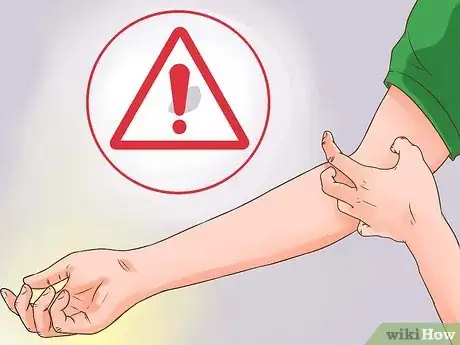
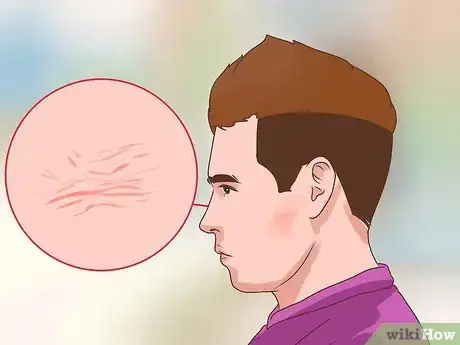
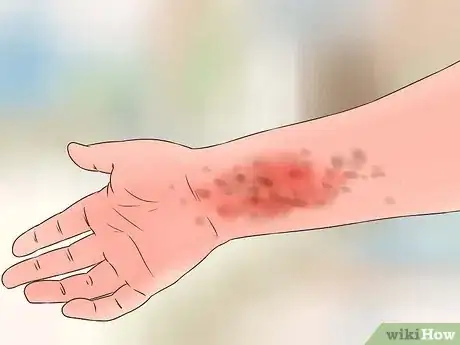
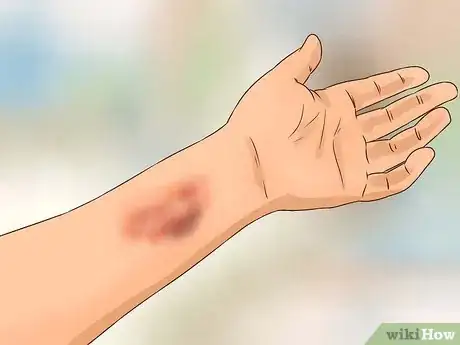


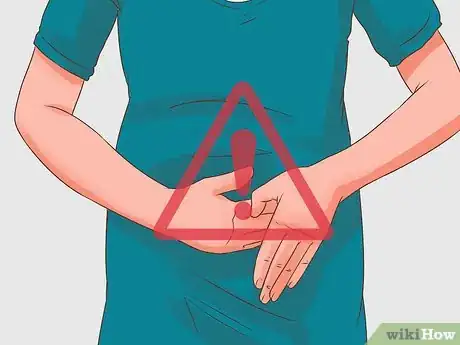
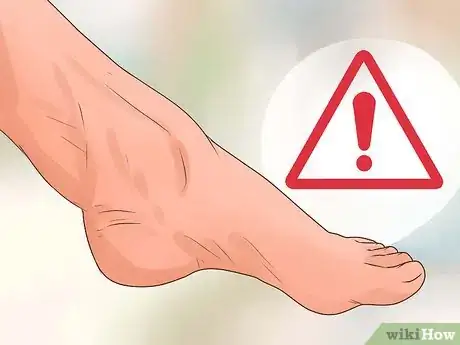
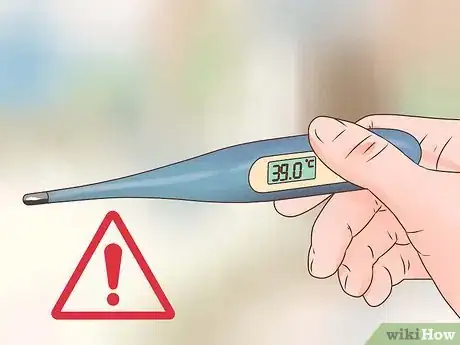
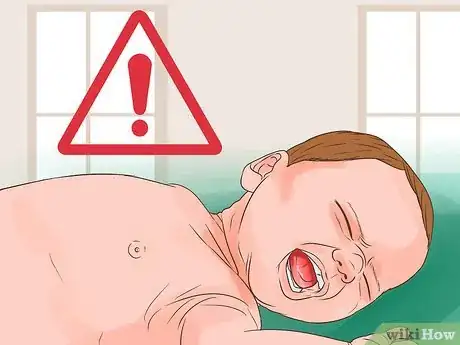
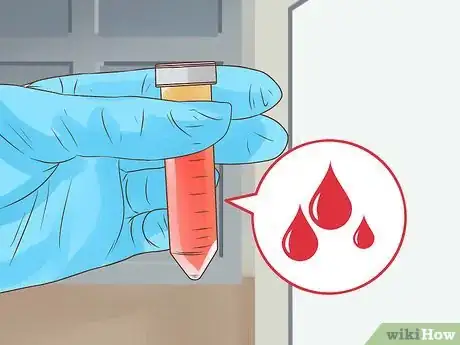

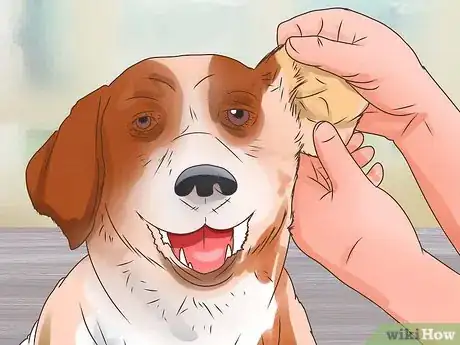


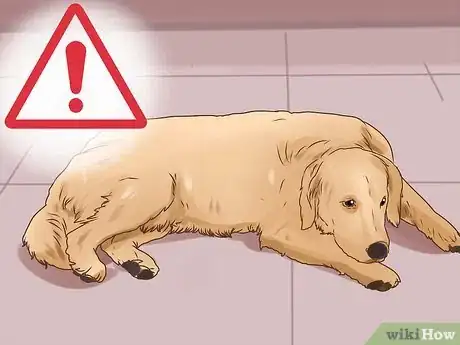

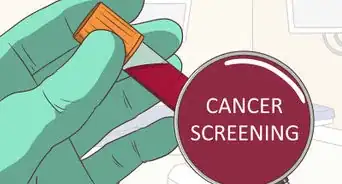

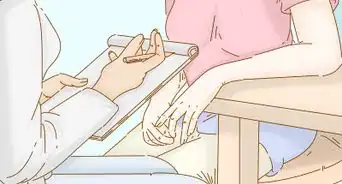


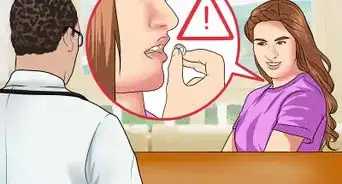

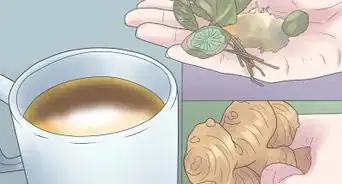

-Step-16.webp)




















































Medical Disclaimer
The content of this article is not intended to be a substitute for professional medical advice, examination, diagnosis, or treatment. You should always contact your doctor or other qualified healthcare professional before starting, changing, or stopping any kind of health treatment.
Read More...